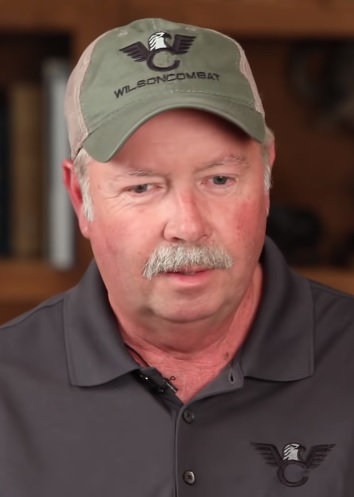since Dec 2012
to develop and freely publish firearms-related design schematics that can be downloaded and reproduced by anyone
- December 2012 raised $20,000 via crowd-funding
– confiscated their first 3D printer - online open-source hardware organization
- develop digital schematics of firearms in CAD files
– downloaded from the Internet and used in 3D printing or CNC milling - Cody Wilson founder and spokesperson
- December 2012 DEFCAD
- May 5, 2013, Defense Distributed made printable STL files public
– Liberator, the world’s first completely 3D printed gun
– the United States Department of State demanded they be removed from the Internet - October 2014 Ghost Gunner
– miniature CNC mill for completing receivers for the AR-15 - May 6, 2015, Defense Distributed, joined by the Second Amendment Foundation (SAF), filed Defense Distributed v. U.S. Dept. of State in the Western District of Texas
- July 27, 2018, Defense Distributed released ten CAD files for download at DEFCAD
Defense Distributed
2320 Donley Dr
Austin, TX 78758
(512) 584-8013

